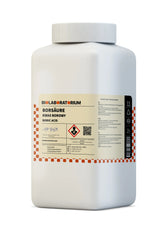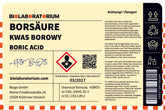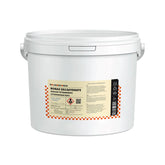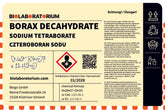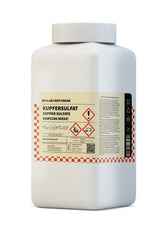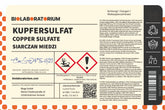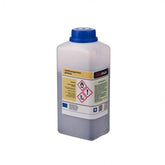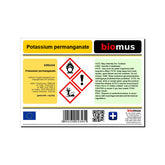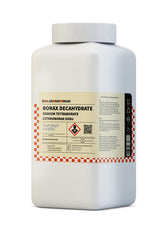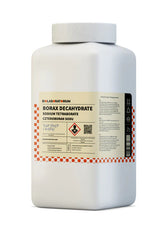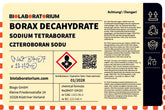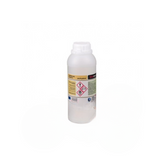Catechol – The versatile phenol compound in organic chemistry
In the fascinating world of organic chemistry, there are a variety of molecules that are of great importance due to their unique properties and reactivity. One of these remarkable compounds is catechol, also known as catechol or 1,2-dihydroxybenzene. In this blog post, we will take an in-depth look at this reactive phenolic compound and its diverse applications in organic chemistry.
The structure and properties of catechol
Catechol is an aromatic diol, meaning it has two hydroxyl groups (-OH) on adjacent carbon atoms of a benzene ring. This specific arrangement of hydroxyl groups gives catechol increased reactivity compared to other phenolic compounds. The electron-donor properties of the hydroxyl groups in combination with the aromatic system lead to a variety of interesting chemical reactions and applications.
Oxidation reactions of catechol
One of the most striking properties of catechol is its tendency to undergo oxidation reactions. Through the action of oxygen, oxidizing agents, or enzymes, catechol can easily be oxidized to benzoquinone. This process is of great importance in biological systems, as catechol can function as a redox mediator and thus be involved in important electron transfer reactions.
Reduction Reactions of Catechol
In addition to oxidation reactions, catechol is also capable of acting as a reducing agent. The hydroxyl groups can donate electrons and thus reduce other compounds. This property makes catechol a valuable reagent in organic synthesis, where it can be used to reduce carbonyl groups or other functional groups.
Applications of Catechol in Organic Chemistry
Due to its versatile chemical properties, catechol finds numerous applications in organic chemistry. Some of the most important areas of use are:
Organic Synthesis
In organic synthesis chemistry, catechol is frequently used as a starting material or intermediate. It serves, for example, as a building block for the production of dyes, pharmaceuticals, and other complex organic molecules.
Analytical Chemistry
Catechol can be used in analytical chemistry as a reagent to detect or quantify certain substances. Due to its redox properties, it finds application in titration and detection reactions.
Biochemistry and Medicine
In biological systems, catechol plays an important role as a cofactor for enzymes involved in oxidation-reduction reactions. Furthermore, it is used in medicine as an antioxidant and for the treatment of diseases such as Parkinson's.
Materials Science
Due to its special properties such as adhesion and redox activity, catechol is also used in materials science. It finds application in the development of coatings, adhesives, and functional materials.
The synthesis of catechol
The production of catechol is typically carried out by hydrolysis of catechol derivatives, as found in plants. Alternatively, catechol can also be obtained by reduction of benzoquinone or by cleavage of catechol-containing natural products.
On an industrial scale, catechol is often produced by catalytic hydrogenation of maleic anhydride or by oxidation of phenol. These synthesis routes enable efficient and cost-effective production of the compound.
Conclusion
Catechol, also known as catechol, is a fascinating phenolic compound with a variety of chemical properties and applications in organic chemistry. Its reactivity, which is determined by the arrangement of the hydroxyl groups, makes catechol a valuable building block in organic synthesis, analytics, and in biological systems.
The versatile possibilities that catechol offers make it an important research subject in modern chemistry. Whether in the development of new materials, in pharmaceutical research, or in elucidating biochemical processes – catechol remains a fascinating molecule with great potential for future discoveries and innovations.

